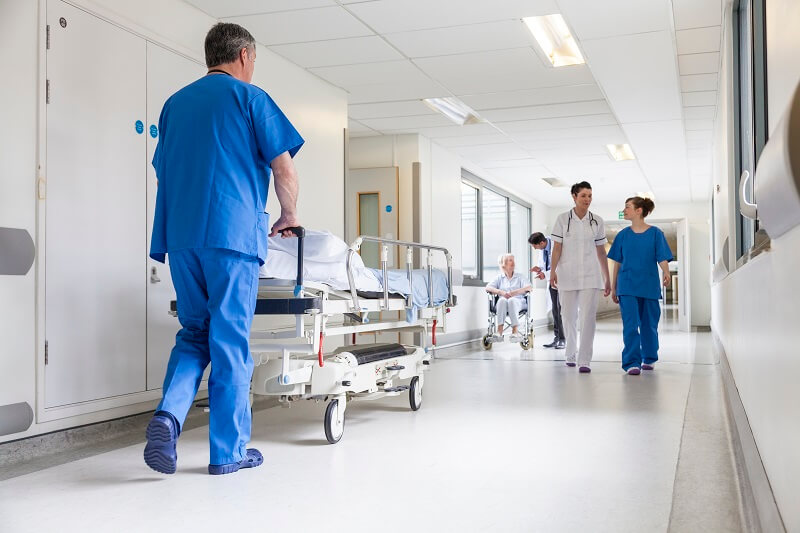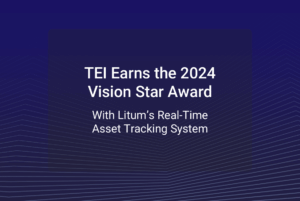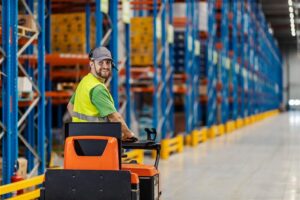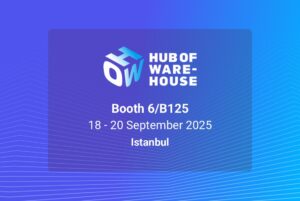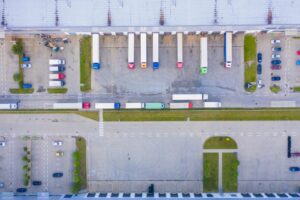Table of Contents
In this blog post, we will be focusing on the benefits of healthcare RTLS. We learned the remarkable effect of RTLS from our previous blog post. This technology gives the ability to generate actionable insights based on the location of assets and people. Such insights are highly valuable and critical in the healthcare industry which is why the industry has been one of the earliest adopters of RTLS when compared with any other industry.
Current Situation & ROI on Healthcare RTLS
The need to easily manage the inventory of medical supplies and to locate the medical devices was one of the driving factors of the healthcare industry’s position as an early adopter of RTLS. On average a bed in a US Hospital has between 3 to 7 mobile medical devices that are constantly in use and demand. Without visibility of location information and real-time management of medical devices, hospitals end up overstocking to ensure availability to patient care.
Considering access to medical equipment is critical in patient care and overstock is an immediate ROI, RTLS was quickly adopted in asset tracking. The rise in mobile devices in healthcare was an additional catalyst in the adoption of asset tracking using RTLS.
Workforce Efficiency & Patient Care
Upon validating the feasibility and the value that can be unlocked by tracking critical assets in the healthcare facilities, the same methodology has been in a discussion concerning patients and staff to increase the workforce efficiency and the patient throughput while increasing the quality of patient care.
The global covid-19 pandemic of the last two years have been a considerable catalyst in the evaluation and rapid implementation of this use case around the world as the efforts to increase the hospital throughput was no longer a commercial decision but rather a security and safety concern at both a national and a global level.
Infrastructure of RTLS Application
Utilizing the same RTLS infrastructure healthcare facilities could deliver new value-added services to their patients and staff. And it enhances the health and safety of patients and staff alike while increasing visibility and access to patient care which is one of the most important benefits of healthcare RTLS.
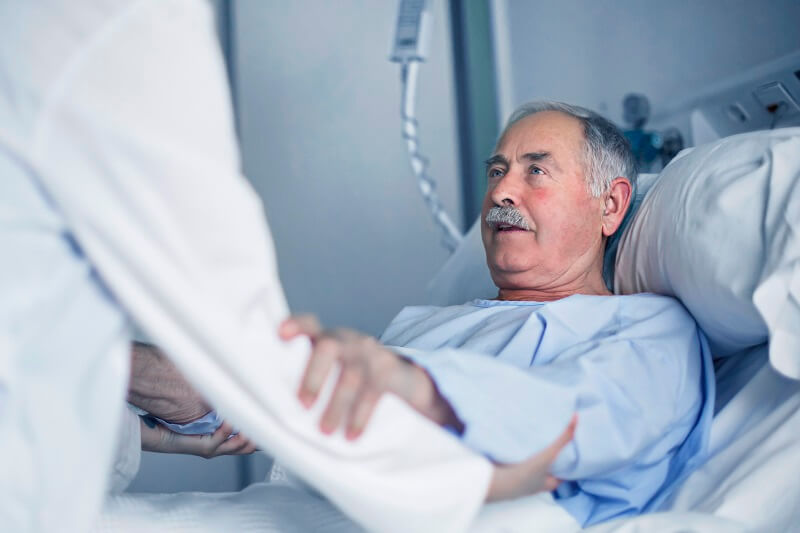
While 5 to 10 years ago most healthcare facilities were struggling to have access to real-time accurate location information of mission-critical medical equipment and devices, thanks to the innovation in RTLS healthcare, today organizations can streamline the use of real-time location information by configuring alarms, reports, and even automated access controls based on geofences that can be scaled on the same RTLS infrastructure without needing additional equipment to be installed in the facility.
The Benefits of UWB
While we will be covering in detail during our next article on Implementing healthcare RTLS, scaling RTLS efforts to cover staff and patients alike requires additional considerations regarding data privacy and security as well as data accuracy and reliability.
In summary, while BLE or Wi-Fi may be favorable in asset tracking initiatives when scaling the scope to provide coverage for staff and patients, UWB would be the choice of RTLS when considering the mission criticality of data privacy, security, accuracy, and reliability. Furthermore, while focusing on the benefits of healthcare RTLS it is significant to know that an intelligent RTLS healthcare software platform is necessary to dynamically operate and automate the best practices and processes that unlock the highest degree of care in compliance with regulations and internal policies.
5 Key Benefits of Healthcare RTLS
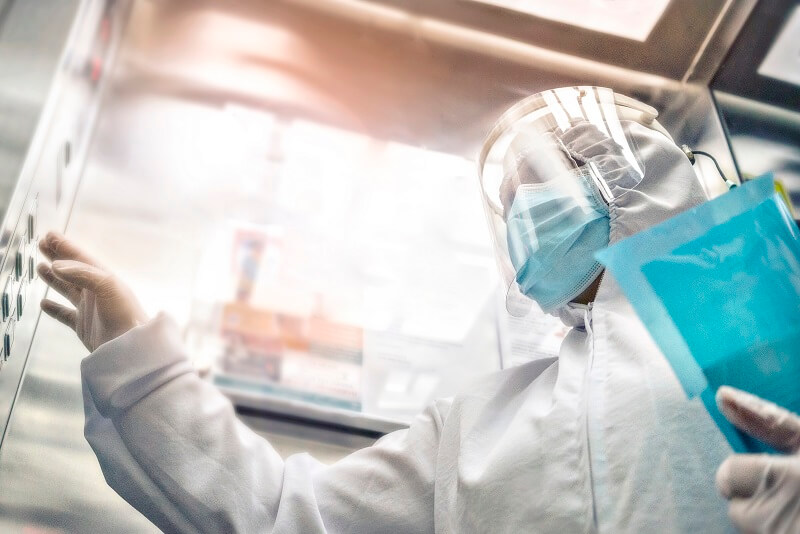
Healthcare RTLS solutions enhance safety and efficiency by generating actionable insights. This enables the system to enhance patient experience and outcomes while optimizing operational efficiency by evolving regulations and internal policies. Healthcare RTLS stands as the optimal solution for enhancing patient safety, experience, and outcomes while empowering staff to deliver top-tier patient care.
Safety for Senior Living
Benefits of healthcare RTLS includes various healthcare solutions which improve safety and increase efficiency. Generating actionable insights allow the system to improve patient experience and outcome while optimizing operational efficiency in compliance with dynamic regulations and internal policies. RTLS is the optimum solution to provide for patient safety, experience, outcome and by empowering staff to deliver patient care of the highest standards.
Monitor senior residents and caregivers while improving safety without impeding their privacy. The system features location-aware nurse calling, duress alarm management, and automated wander management. Tracking the location of residents, caregivers, and staff schedules allow optimizing the assignments, reducing the response time, and improving the overall quality of patient and resident care.
Litum RTLS tags have programmable buttons for duress management and panic scenarios. Tags can be used by residents and caregivers alike to request assistance from nearby staff. As an enhanced duress management feature, Litum RTLS tags are capable to detect free falls to address some of the scenarios where a panic button may not be accessible.
Patient Flow & Safety
Real-time patient location tracking, inpatient queuing control, surgical ward queue management, and geofencing. Presenting high location accuracy, Litum Healthcare RTLS technology enhances patient and caregiver safety.
Hospital Staff Tracking
Provide safety for hospital staff while improving care services and workflows. Litum Staff Safety and Tracking RTLS Solution provides staff with a predefined task alert, notifying staff when they should deliver a service or visit a patient, and records when tasks were performed as well as the number of times a staff member visited patients.
Improve care, monitor, and ensure the safety of patients with a location-aware nurse calling duress alarm management, and automated wander management. And leverage motion sensor data to identify and alarm when a tag is not properly used. Mitigate the spread of contagious diseases like COVID-19 and ensure compliance with regulations and internal policies regarding the patient flow of COVID-19 cases using RTLS.
Medical Asset Tracking
Hospitals and healthcare facilities store and rely on a variety of assets ranging from medical devices, medical equipment, medical supplies, medication as well as everyday materials like textile goods. As evident from the list above these assets range in value and mission criticality, therefore they require different approaches to remotely monitor and manage. As hospitals are getting more advanced and increasing their use of asset tracking to cover high-value and mission-critical assets, implementing different standalone systems to manage different types of assets could pose a limitation in the usability and scalability of RTLS systems.
Conclusion
Interested in exploring how Litum’s healthcare RTLS solutions can bring transformative changes to your operations? Reach out to us today. In today’s dynamic healthcare environment, the ability to accurately track locations, enact efficient response mechanisms, and leverage data-driven insights is vital. This is where healthcare RTLS steps in, addressing these challenges by enhancing staff protection, fostering informed decision-making, and paving the way for upcoming advancements like AI and wearables. Reach out to us today.
